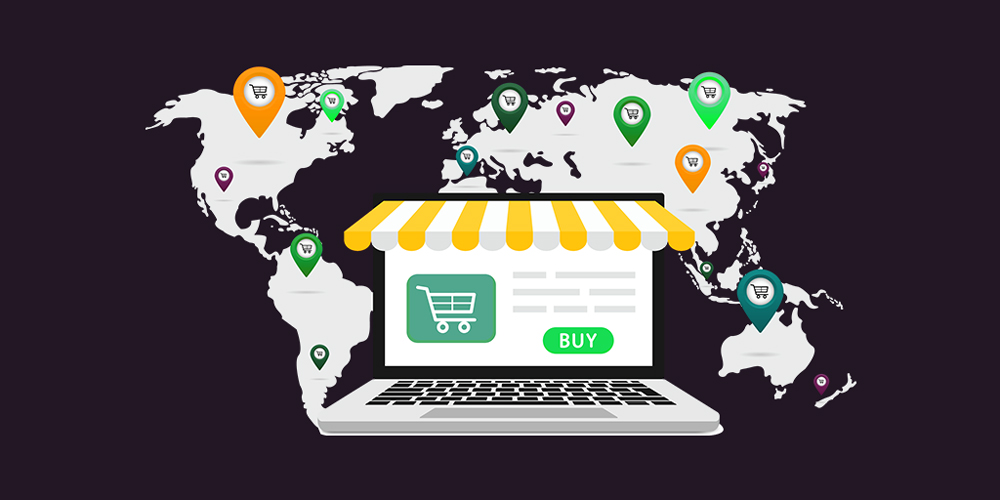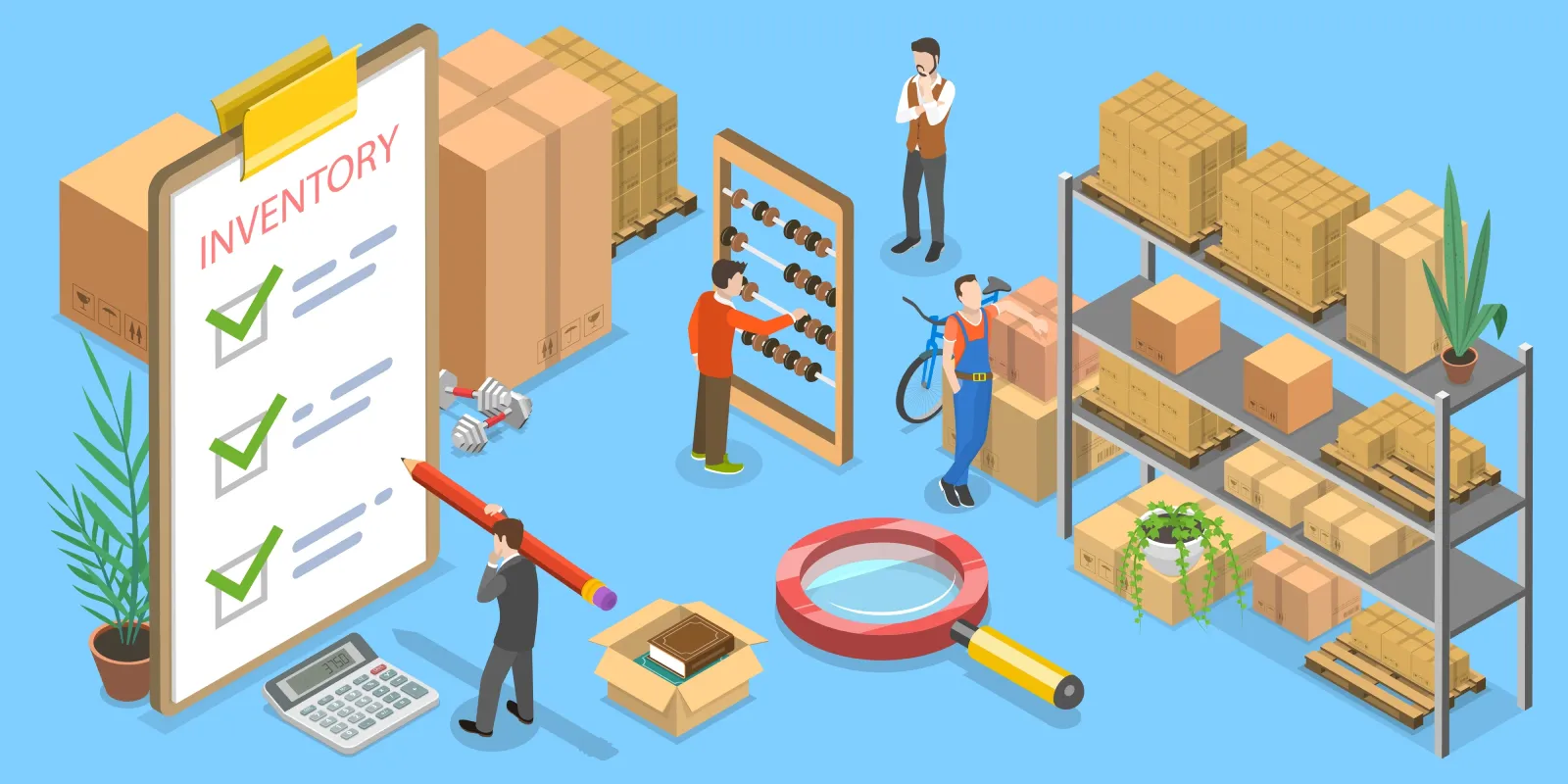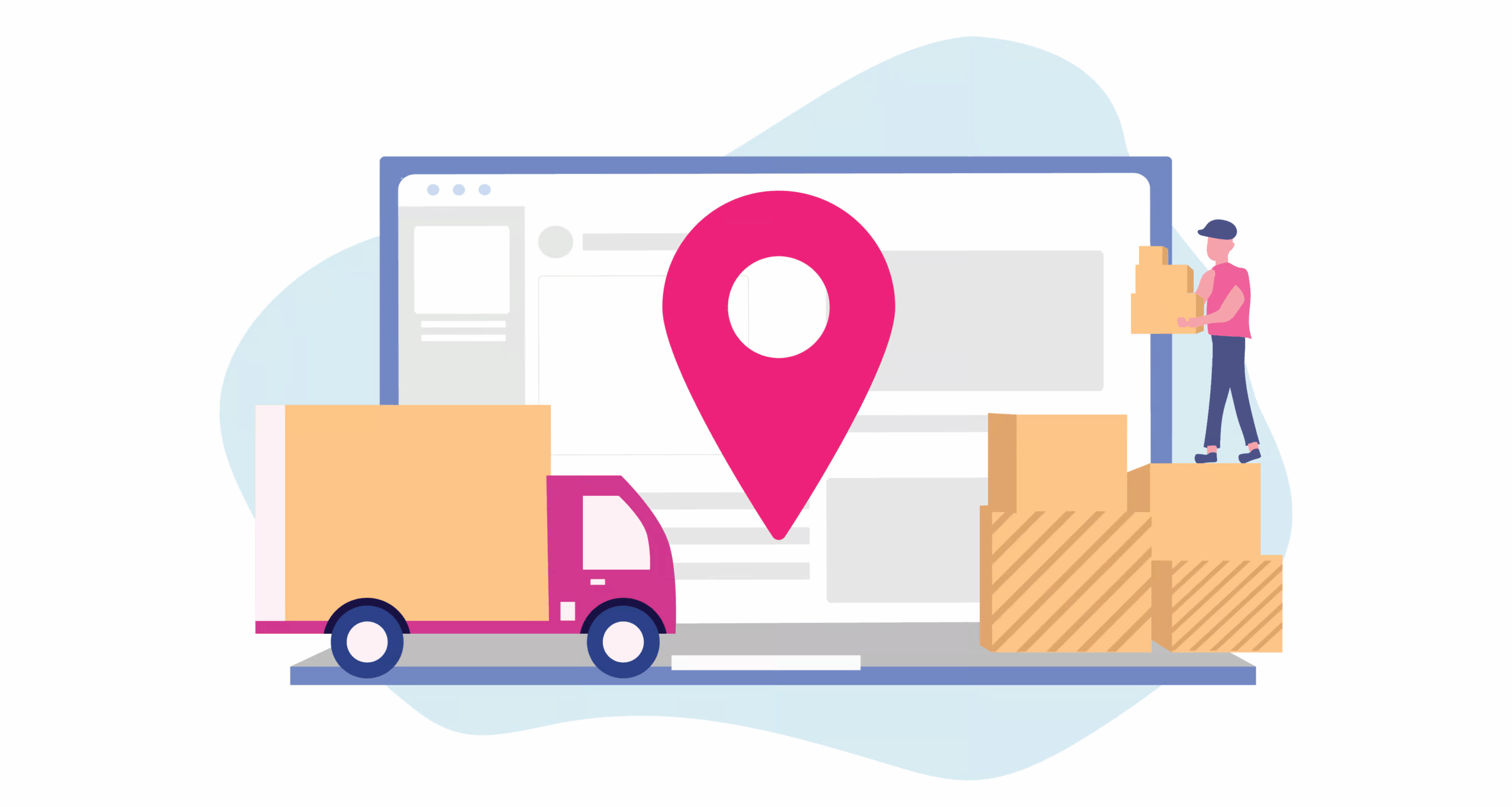Why Global Logistics and Fulfillment Are Vital for Multi-Channel Retailers
Global logistics and fulfillment play a decisive role in the success of multi-channel retailers. As businesses expand beyond single online stores to reach customers through marketplaces, social media, and offline channels, managing inventory, shipping, and returns efficiently becomes a key competitive advantage. For companies that aim to scale across borders, logistics is not just about moving goods—it’s about building customer trust, optimizing costs, and maintaining consistency across every sales touchpoint.
The Role of Global Logistics and Fulfillment in Multi-Channel Retail
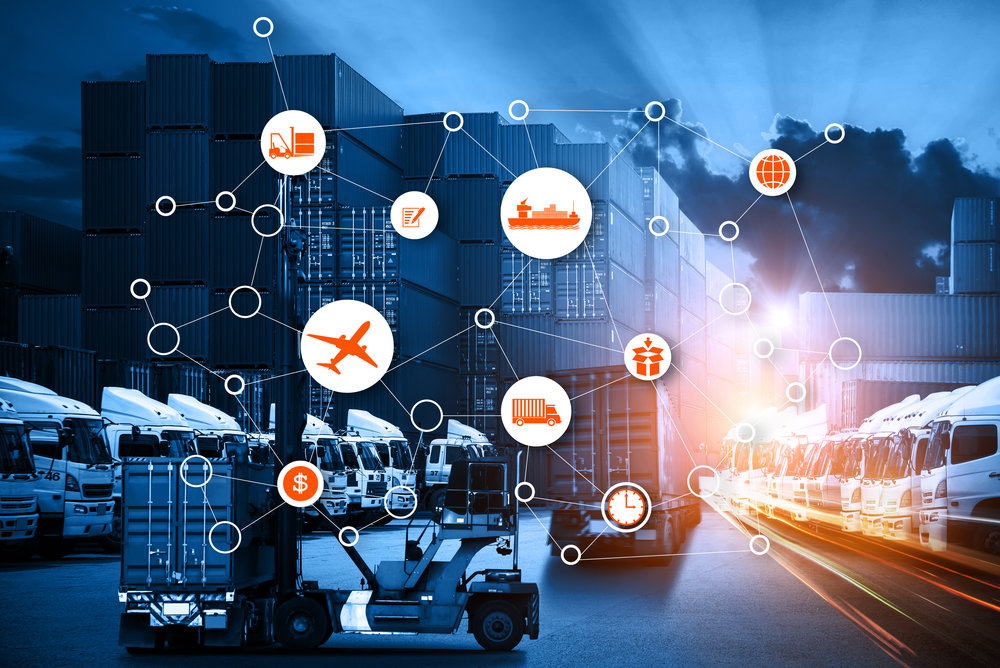
Global logistics involves coordinating the transportation, storage, and distribution of goods worldwide. For multi-channel retailers, this means ensuring that products are available where customers shop—whether that’s a website, an Amazon listing, or a physical store.
Why Logistics Shapes the Retail Experience
- Consistency Across Channels: Customers expect uniform delivery times and prices whether they buy from your site or another marketplace.
- Reduced Stockouts and Overstocks: Coordinated logistics ensure balanced inventory across all platforms.
- Faster Delivery: With optimized routes and regional warehouses, retailers can promise same-day or next-day delivery, a major selling point.
- Better Returns Handling: A smooth reverse logistics system boosts customer satisfaction and repeat purchases.
The Shift from Traditional Supply Chains to Smart Fulfillment
Traditional supply chains were built for bulk distribution—sending large quantities of products to fixed locations. Multi-channel fulfillment, on the other hand, focuses on flexibility and responsiveness.
From Bulk Shipping to Individual Orders
Modern retailers now process thousands of small, personalized orders instead of bulk shipments. This shift requires smarter warehouse management systems, real-time tracking, and demand forecasting powered by data analytics.
Importance of Smart Fulfillment Systems
Smart fulfillment integrates technology like:
- Warehouse Management Systems (WMS) for real-time stock visibility
- Order Management Systems (OMS) for syncing inventory across platforms
- AI-based forecasting tools to predict seasonal trends
- API-based integrations connecting Shopify, Amazon, and eBay with backend logistics
These technologies reduce manual errors and enable a seamless customer experience across all sales channels.
The Challenges of Managing Multi-Channel Logistics
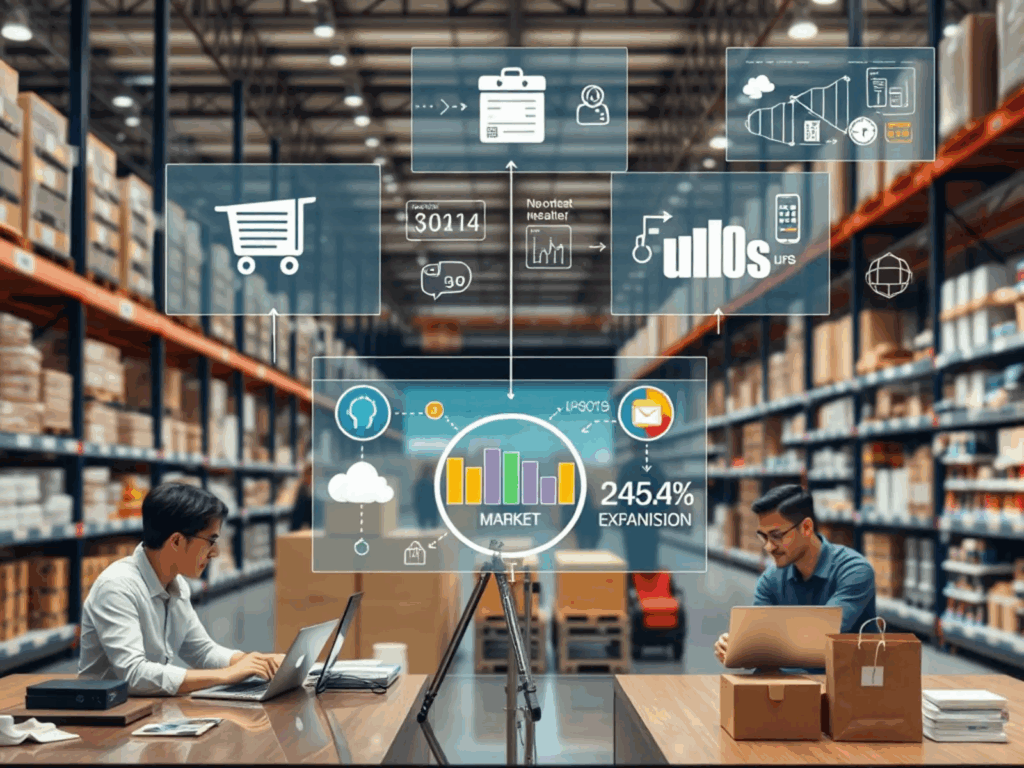
While the opportunities are vast, multi-channel logistics can also introduce complexity. Each channel has its own order structure, return policies, and customer expectations.
Key Challenges Retailers Face
- Inventory Synchronization – Tracking products across multiple warehouses and sales channels.
- Cross-Border Shipping – Handling international customs, taxes, and regulations.
- Cost Optimization – Balancing affordable shipping with fast delivery expectations.
- Return Management – Creating region-specific return policies without losing profit margins.
- Data Integration – Ensuring every system—marketing, sales, and logistics—shares accurate, real-time data.
Retailers that fail to address these challenges often face delayed shipments, customer dissatisfaction, and high return rates.
How a Global Fulfillment Partner Solves These Problems
Partnering with a global fulfillment provider such as PostalParcel helps retailers overcome these operational barriers through centralized logistics solutions.
1. Centralized Order Management
PostalParcel consolidates orders from all your platforms—Shopify, WooCommerce, or TikTok Shop—into one dashboard. This reduces manual tracking errors and provides clear visibility over stock levels and shipping status.
2. Multi-Warehouse Storage Network
With strategically placed warehouses across regions, you can store products closer to your buyers. This setup enables faster regional delivery while cutting international shipping costs.
3. Intelligent Routing and Labeling
PostalParcel’s system automatically selects the best carrier based on delivery time, location, and cost. Smart labeling ensures compliance with international customs and reduces failed deliveries.
4. Streamlined Returns and Exchanges
Global retailers can benefit from PostalParcel’s reverse logistics network. Customers can return items to local centers, where they are processed, inspected, and restocked efficiently. This process boosts buyer confidence and drives repeat sales.
5. Real-Time Tracking and Notifications
End-to-end tracking systems provide transparency. Customers receive live updates from dispatch to doorstep, which greatly enhances brand reliability and satisfaction.
The Strategic Benefits of Global Fulfillment
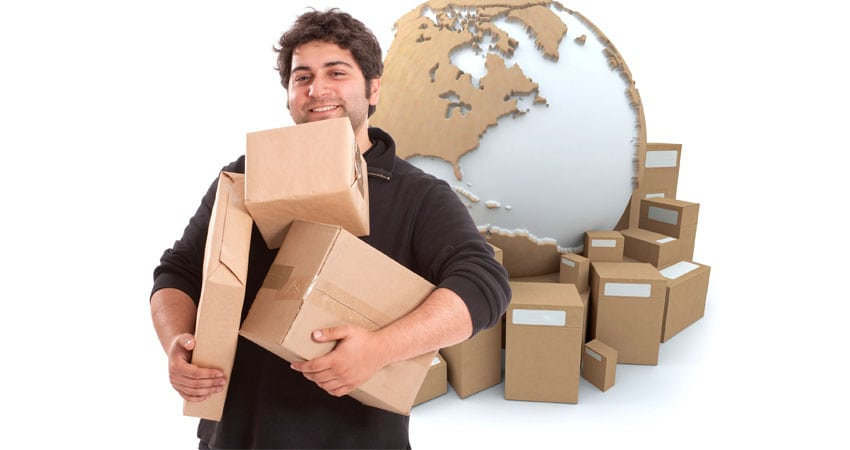
A strong logistics foundation doesn’t just simplify operations—it directly impacts growth, marketing, and profitability.
Faster Market Expansion
Global fulfillment allows retailers to test new regions without building physical infrastructure. For example, if a U.S. store wants to sell in Europe, it can use existing fulfillment hubs to distribute orders locally.
Lower Shipping Costs and Higher Margins
By optimizing route selection and warehouse distribution, businesses save up to 30% on logistics costs—savings that can be reinvested into marketing or customer service.
Improved Brand Trust and Customer Loyalty
When orders arrive on time and returns are easy, customers trust the brand more. In multi-channel retail, reliability is often the factor that determines whether a buyer becomes a long-term customer.
Building a Scalable Logistics Strategy
To stay competitive, multi-channel retailers must build scalable logistics strategies that adapt to fluctuating demand, seasonal sales, and cross-border complexities.
Step 1: Map the Customer Journey
Analyze how customers buy and return products. Identify which channels bring the most sales and where delays or complaints occur.
Step 2: Optimize Warehouse Placement
Select warehouse locations based on your largest customer bases and shipping zones. Regional hubs can drastically reduce delivery times.
Step 3: Automate Order Processing
Automation minimizes human error and speeds up the fulfillment process. Tools like PostalParcel’s automation dashboard ensure instant order syncing and tracking.
Step 4: Integrate Data Systems
Connect sales, CRM, and inventory systems for a unified data view. This ensures that marketing, sales, and logistics teams operate with the same insights.
Step 5: Monitor Key Performance Metrics
Measure fulfillment accuracy, average delivery time, and return rates. Continuous monitoring helps refine strategies and maintain peak performance.
The Future of Global Logistics for Retailers

As e-commerce becomes more international, the next generation of fulfillment will rely heavily on automation, sustainability, and predictive data.
Automation and Robotics
Robotic picking systems and AI-driven sorters will handle repetitive warehouse tasks, cutting costs and improving speed.
Sustainable Logistics
Green packaging, carbon-neutral shipping, and eco-friendly routes will become essential for global retailers. Consumers are increasingly conscious of how their purchases impact the planet.
Predictive Fulfillment
Data analytics will allow businesses to anticipate demand before it happens, ensuring products are stocked in the right regions ahead of time.
Why PostalParcel Stands Out
PostalParcel combines technology-driven logistics with global fulfillment expertise. Its network supports international retailers with:
- Integrated order management across all channels
- Localized warehouses for fast delivery
- Transparent tracking and automated routing
- Affordable cross-border shipping solutions
Whether you’re expanding from one country to ten or managing returns for multiple marketplaces, PostalParcel ensures your logistics scale seamlessly with your business.
Conclusion
Global logistics and fulfillment are no longer back-end operations—they’re the backbone of retail growth. For multi-channel retailers, the ability to manage inventory globally, deliver quickly, and handle returns smoothly determines whether a brand thrives or falls behind.
With smart partners like PostalParcel, businesses can transform logistics into a growth engine—empowering global expansion, improving customer experience, and achieving sustainable success across every sales channel.
Industry Insights
news via inbox
Nulla turp dis cursus. Integer liberos euismod pretium faucibua

